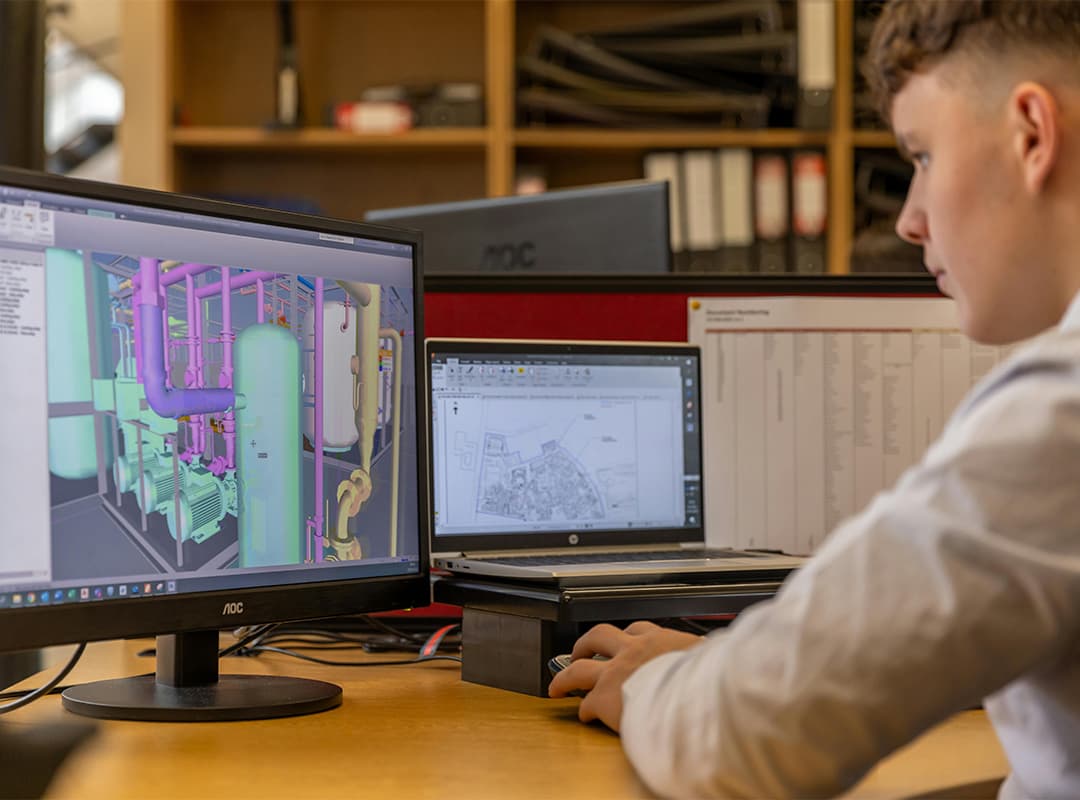The pursuit of innovative materials has always been a cornerstone of scientific advancement, driving progress in various industries, including aerospace, automotive, electronics, and medicine. With the advent of advanced modeling techniques, researchers can now design, simulate, and test new materials more efficiently than ever before. This article explores how modeling contributes to material development, highlighting key methodologies and the impact of simulations on material science.
The Importance of Modeling in Material Science
Modeling plays a crucial role in material science by enabling researchers to predict the properties and behaviors of materials before they are synthesized. Traditional experimental approaches can be time-consuming and costly, often requiring extensive trial and error. By leveraging computational models, scientists can save time and resources, accelerating the discovery of new materials with desired properties.
Key Modeling Techniques in Material Development
- Computational Materials Science
Computational materials science encompasses various modeling techniques used to study and predict material behavior. Density Functional Theory (DFT) and Molecular Dynamics (MD) simulations are two widely employed methods in this field.- Density Functional Theory (DFT): DFT is a quantum mechanical modeling method used to investigate the electronic structure of materials. It allows researchers to calculate the properties of materials at the atomic level, providing insights into how changes in composition and structure affect material behavior. This technique is particularly useful for predicting the stability of new compounds and their potential applications.
- Molecular Dynamics (MD): MD simulations enable researchers to study the movement of atoms and molecules over time. By simulating interactions at the atomic level, scientists can understand how materials respond to external forces, temperature changes, or environmental conditions. This information is essential for designing materials that can withstand extreme conditions, such as high temperatures or corrosive environments.
- Finite Element Analysis (FEA)
Finite Element Analysis is a powerful modeling technique used to analyze the mechanical behavior of materials. FEA divides a material into small, discrete elements, allowing researchers to simulate how the material will react to external stresses, strains, and loads.This method is particularly beneficial in the design of materials for structural applications. By simulating different loading conditions, researchers can optimize material properties, ensuring safety and performance in applications ranging from construction to aerospace. - Multiscale Modeling
Materials often exhibit complex behavior that cannot be captured at a single scale. Multiscale modeling approaches integrate information from different scales—from atomic to macroscopic—to provide a comprehensive understanding of material properties.This technique enables researchers to connect the atomic-level interactions of materials to their macroscopic behavior. For example, by understanding how defects at the atomic level influence the overall strength of a material, scientists can develop strategies to improve material performance.
Impact of Simulation on Material Discovery
- Accelerating Material Discovery
One of the most significant advantages of modeling is its ability to accelerate the material discovery process. Researchers can use simulations to explore vast design spaces, testing different compositions, structures, and processing conditions virtually.For instance, in the search for lightweight yet strong materials for aerospace applications, researchers can simulate various alloy compositions and processing techniques to identify optimal candidates. This “call simulation” approach allows for rapid screening of materials, significantly reducing the time required for experimental validation. - Tailoring Material Properties
Modeling enables scientists to tailor material properties to meet specific application requirements. By simulating the effects of different alloying elements or processing methods, researchers can design materials with enhanced properties, such as improved strength, thermal resistance, or electrical conductivity.For example, in the development of battery materials, simulations can help identify compositions that maximize energy storage capacity while minimizing degradation over time. This targeted approach leads to the creation of more efficient and durable materials for energy storage applications. - Reducing Costs and Environmental Impact
By utilizing modeling techniques, researchers can minimize the need for extensive experimental trials, leading to cost savings in material development. Additionally, simulations can help identify sustainable materials and processing methods, reducing the environmental impact of material production.For example, modeling can guide the selection of eco-friendly raw materials or processing techniques that consume less energy, ultimately leading to a more sustainable materials industry.
Modeling plays an essential role in the development of new materials, providing researchers with powerful tools to predict properties, optimize designs, and accelerate discovery. Through techniques such as computational materials science, finite element analysis, and multiscale modeling, scientists can gain valuable insights into material behavior and tailor properties to meet specific needs.
The integration of simulations into material development not only accelerates the discovery process but also enhances our ability to design innovative materials that address the challenges of modern technology. As the demand for advanced materials continues to grow, modeling will remain a key driver of progress in material science, paving the way for breakthroughs that shape the future of various industries.



